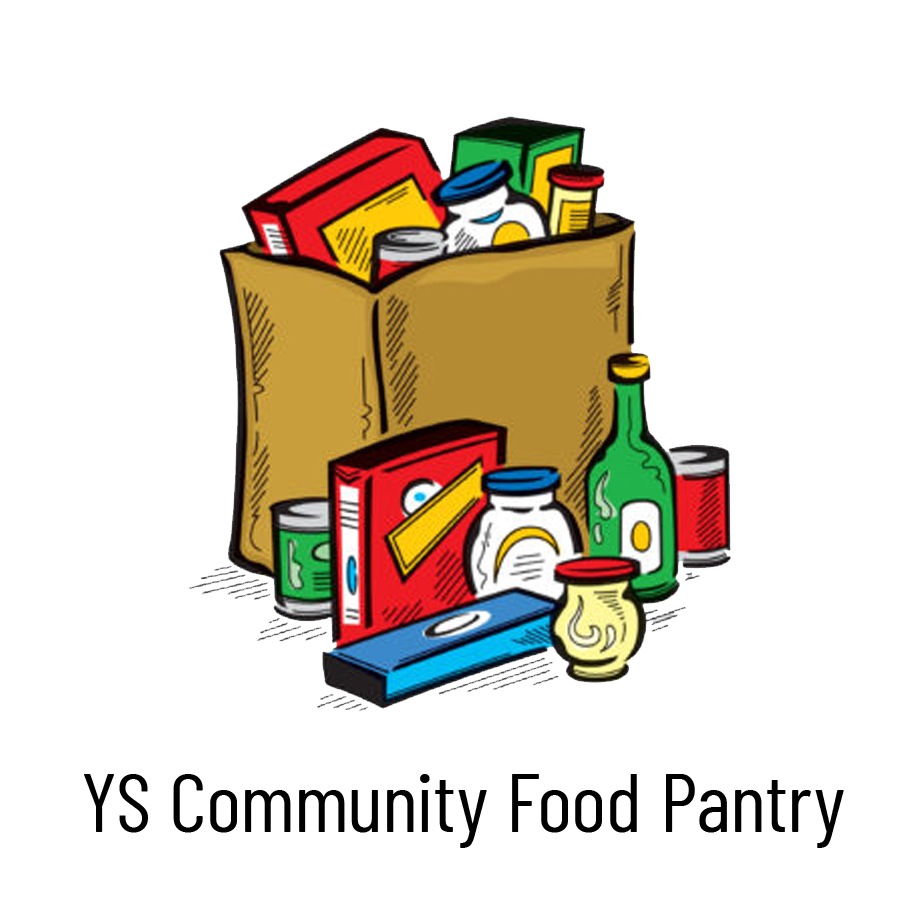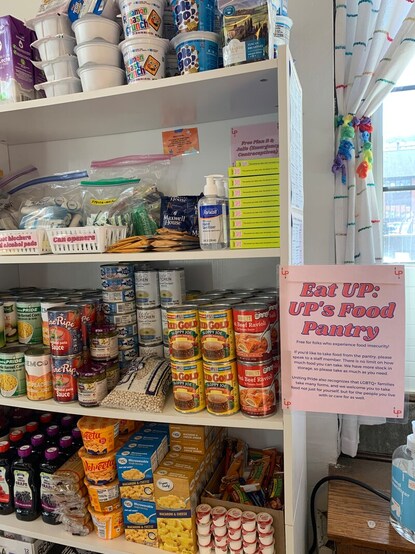Why Sustaining Your Neighborhood Food Cupboard Is Important for Assisting Those in Demand
The relevance of sustaining neighborhood food kitchens can not be overemphasized, particularly in the context of food instability, which affects an alarming variety of people and family members within our neighborhoods. These crucial resources not only provide instant remedy for hunger however also add to wider societal benefits, including boosted health and wellness and academic outcomes. As we explore the diverse duty of food pantries, it ends up being apparent that their effect expands much past simply distributing food (Food Pantry Lockhart). Understanding this much deeper link may prompt a reconsideration of just how we involve with and support these crucial establishments.
Understanding Food Insecurity
Food instability influences around 10.5% of houses in the United States, showing a considerable public wellness issue that transcends simple hunger. It describes the absence of constant accessibility to adequate food for an active, healthy and balanced life. This problem can lead to a range of negative outcomes, consisting of inadequate health, increased healthcare expenses, and decreased scholastic performance amongst children.
The sources of food instability are diverse, frequently coming from economic factors such as underemployment, hardship, and joblessness. Geographical place can additionally play an essential duty, with food deserts-- areas with restricted accessibility to inexpensive and healthy food-- intensifying the problem - Food Pantry Lockhart. Furthermore, systemic variables, including racial and social inequities, contribute to the disproportionate influence of food insecurity on marginalized neighborhoods
Dealing with food instability is not just about boosting food supply; it needs a detailed approach that incorporates economic stability, education, and area support. Food instability not just affects individual wellness but additionally has broader implications for social wellness and productivity. Recognizing its complexity is crucial for creating reliable treatments and fostering long-term solutions that guarantee all people have trustworthy access to healthy food.
The Function of Food Pantries
Neighborhood food cupboards function as crucial lifelines for family members and people encountering food insecurity. They offer essential food things to those that may battle to afford ample nutrition as a result of financial challenge, joblessness, or unpredicted conditions. By dispersing food at no cost, these organizations aid alleviate appetite and prevent the unfavorable wellness effects connected with poor diet regimens.
Food pantries usually companion with neighborhood ranches, food store, and community organizations to source a selection of nourishing food items, consisting of fresh fruit and vegetables, dairy products, and proteins. This partnership makes sure that cupboard customers obtain not only sustenance but likewise much healthier options that contribute to general health.
In addition, food pantries offer as community hubs, promoting connections amongst locals and giving a feeling of self-respect to those in need. Several kitchens offer added sources, such as nutrition education and learning and recommendations to social services, assisting customers navigate their obstacles better.
Essentially, food kitchens play a multifaceted function in combating food insecurity. They not just address prompt cravings however likewise equip family members and people to boost their circumstances, thus advertising area resilience and communication.

Advantages of Supporting Food Pantries

Supporting food kitchens not just nourishes those in requirement but also reinforces the material of the neighborhood. By supplying important food sources, food kitchens minimize hunger and lower food insecurity, which is crucial for the health and well-being of households and people. Accessibility to nourishing food contributes to boosted physical health and wellness, better instructional outcomes for children, and enhanced psychological wellness, consequently promoting a more effective and involved community.
Furthermore, supporting food kitchens advertises social cohesion. These organizations function as hubs for community engagement, uniting volunteers, donors, and recipients in a shared mission to fight appetite. This collaboration can damage down barriers, foster understanding, and develop relationships amongst diverse area members.
Additionally, donations to food kitchens, whether in the special info type of food, funds, or time, boost the regional economic situation. Lots of food cupboards prioritize sourcing from local producers, thus supporting local farming and services. This develops a cycle of assistance that profits not only those in demand but the area in its entirety.
Just How to Obtain Entailed
Engagement with food cupboards can take numerous kinds, enabling teams and individuals to make a meaningful effect in their areas. One of one of the most direct ways to obtain involved is by contributing food items. Non-perishable items such as canned products, pasta, and rice are always sought after. Monetary contributions are likewise vital, check as they allow food pantries to buy fresh fruit and vegetables and necessary materials.
Offering your time is one more impactful method to sustain local food kitchens. Lots of organizations count on volunteers for arranging, packing, and distributing food. This hands-on involvement not just aids the kitchen but additionally cultivates a sense of area. On top of that, think about arranging food drives within your school, area, or work environment team to raise recognition and collect sources.
Partnerships with neighborhood businesses can even more improve assistance for food cupboards. By taking these groups, individuals and steps can significantly boost the efforts of regional food kitchens and help those in need.
Area Influence and Connection
Recognizing the extensive impact of food kitchens on area well-being is vital for cultivating a spirit of connection and collaboration. Food pantries serve not just as important resources for those encountering food insecurity but also as hubs for neighborhood engagement. They combine varied teams-- customers, volunteers, and contributors-- creating a setting where people can sustain and connect one another.
The influence of food kitchens expands beyond simple arrangement of food; they work as a stimulant for social communication. By taking part in pantry initiatives, community members can create connections that go beyond socioeconomic barriers. This network of assistance aids to take down the preconception usually connected with food help, fostering an atmosphere of acceptance and understanding.
As individuals join in their initiatives to look at this web-site sustain local food cupboards, they grow a feeling of common purpose and responsibility, strengthening the concept that everyone has a role to play in ensuring that no one goes hungry. Eventually, sustaining food pantries reinforces the textile of the community as a whole.
Final Thought
Supporting regional food pantries is essential in combating food instability and boosting the wellness of prone populaces. Engagement with food cupboards fosters area connections, promoting social communication and equity.

Comments on “The Role of Food Pantry Lockhart in Sustaining Low-Income Family Members”